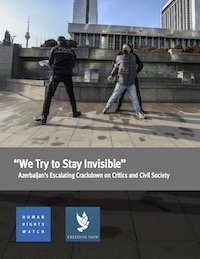By Jessica L. Decker Sparks
Year-on-year, the number of migrant fishers crewing United Kingdom-flagged fishing vessels is seemingly increasing. Primarily from European states, the Philippines, and Ghana with fewer numbers of fishers from Indonesia, India, and Sri Lanka, there have long been concerns and reports of systemic pay and wage inequalities, pervasive labour abuses, and exploitative immigration schemes. In January 2020, the International Labour Organization’s (ILO) (2007) Work in Fishing Convention (C188) came into force in the United Kingdom (UK). In conjunction with the Modern Slavery Act, on paper, the UK has one of the most stringent fisheries labour regulation environments; yet the abuse of migrants continues. From June 2021 through October 2021, the University of Nottingham Rights Lab conducted an independent baseline study of working conditions across the UK fishing fleet (108 surveys and 16 interviews covering England, Scotland, Wales and Northern Ireland were collected). Several key findings confirmed the concerns long raised by other stakeholders. First, despite fishing crew being eligible for skilled-worker visas, there is no evidence of non-European (non-EEA) migrants working on these skilled-worker visas. Instead, non-EEA migrants continue to enter the UK through the use of transit visas which exploits a lack of legal clarity in UK immigration law. As a result, migrant fishers are required to work a “majority” of their time beyond the 12 nautical mile boundary (although this is not quantified or explained and is therefore open to interpretation, which makes enforcement difficult) and have no legal authority to “enter” the UK when returning to port following their 1st fishing trip and repeatedly thereafter during their 10- 12 month contract. As a result, they are forced to live on board the vessels, creating multiple employment dependencies that can be readily exploited by vessel owners. Additionally, vessel owners and recruitment agencies are issuing fishermen’s work agreements (FWAs) that are non-complaint with ILO C188. In practice this means migrant fishers are unduly treated as violators of UK immigration law even when other parties are responsible for the illegal nature of their migration, recruitment, and work. As a result, they are intimidated and prevented from seeking help, can be denied access to medical care and insurance if injured or compensation for the family if killed, and can be denied the right to repatriation if “caught.” Furthermore, 18% of migrant fishers reported being forced to work on a vessel not named in their contract. Because the transit visa scheme ties them to the one vessel named in their contract, when this situation occurs, migrant fishers are again in violation of immigration laws through no fault of their own
Nottingham, UK: University of Nottingham Rights Lab, 2022. 51p.




















